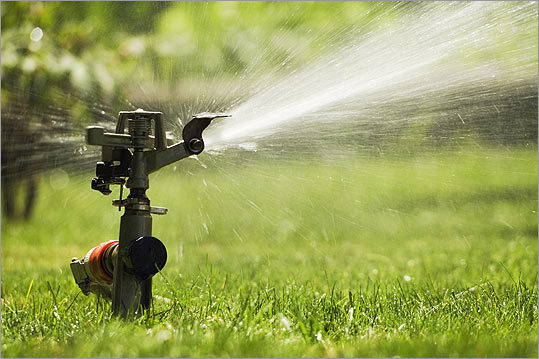Plant local. Collect rainwater. Let your lawn grow. A few simple steps can make your yard more energy efficient and save you money. All gardens are green, right? As in, ecologically sensitive? Turns out, some gardens are greener than others. There are, of course, the obvious offenders — chemically treated lawns and their polluting run-off. But gardeners determined to create eco-smart yards should consider an array of ecological impacts, knowing that the right landscape strategies can make a garden energy efficient and save money. The right vegetation can help keep a house cool during the sultry summer months and shield it from freezing winds in the winter. Native plants help support local ecosystems. Even something as simple as stone harvested from New England quarries can reduce a garden’s carbon footprint if it’s used instead of materials shipped from overseas.

“The more vegetation around your house, the cooler it will be in the summer,’’ said Reed. “To lower energy bills, reduce paving on the south and west side of your house, where summer heat accumulates. Where you must pave, choose surfaces that allow rain water to sink through and cool the soil underneath and use lighter colors that reflect more heat than darker colors.’’
She likes granite block, pre-cast concrete pavers, light colored bricks, compacted sandy gravel, crushed seashells, and loose pea stone.
Excerpts taken from an article written by Carol Stocker - BostonGlobe Correspondent (via boston.com)
Go here for full article:
http://www.boston.com/lifestyle/house/articles/2010/03/25/how_green_is_your_garden/






